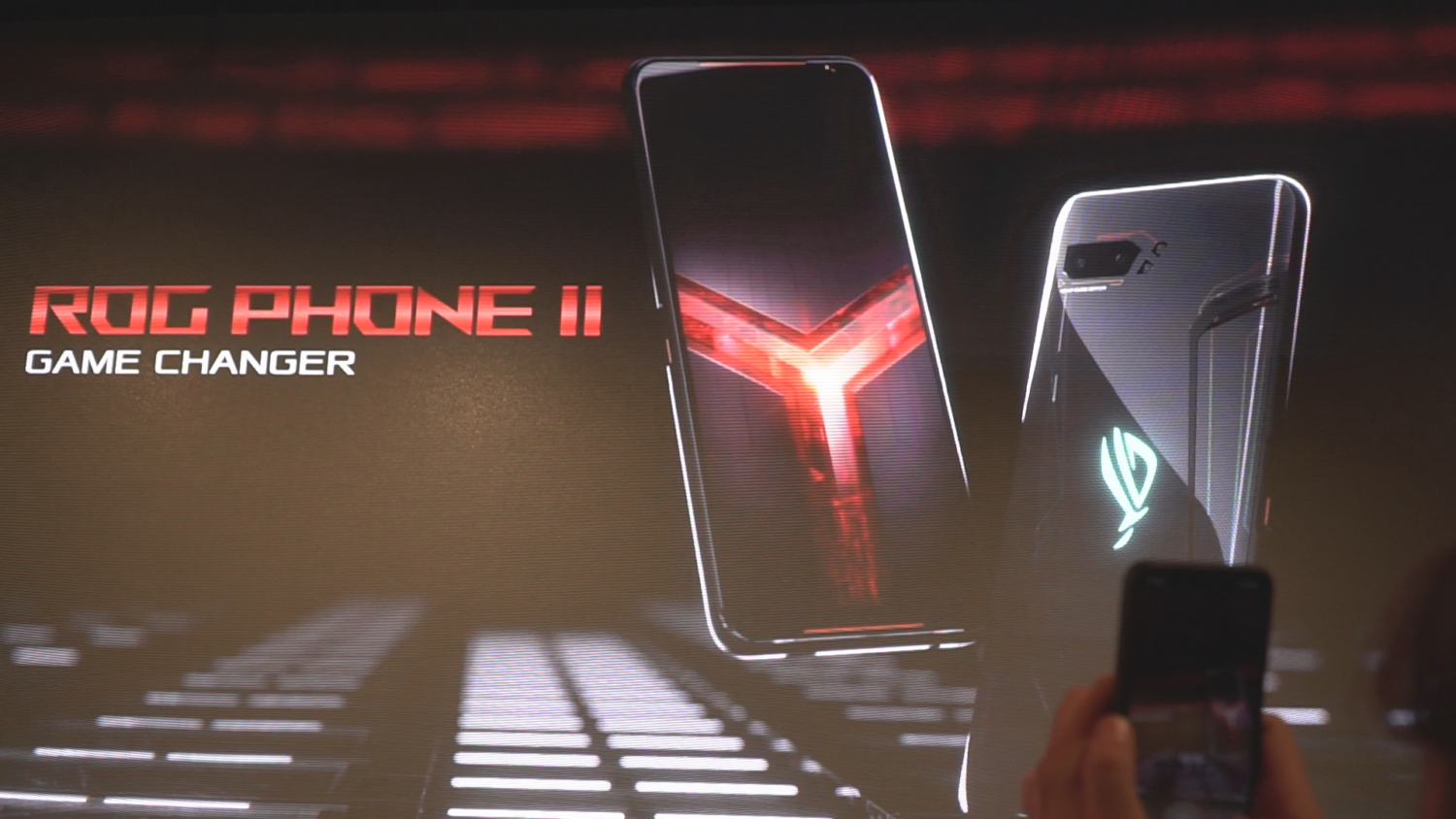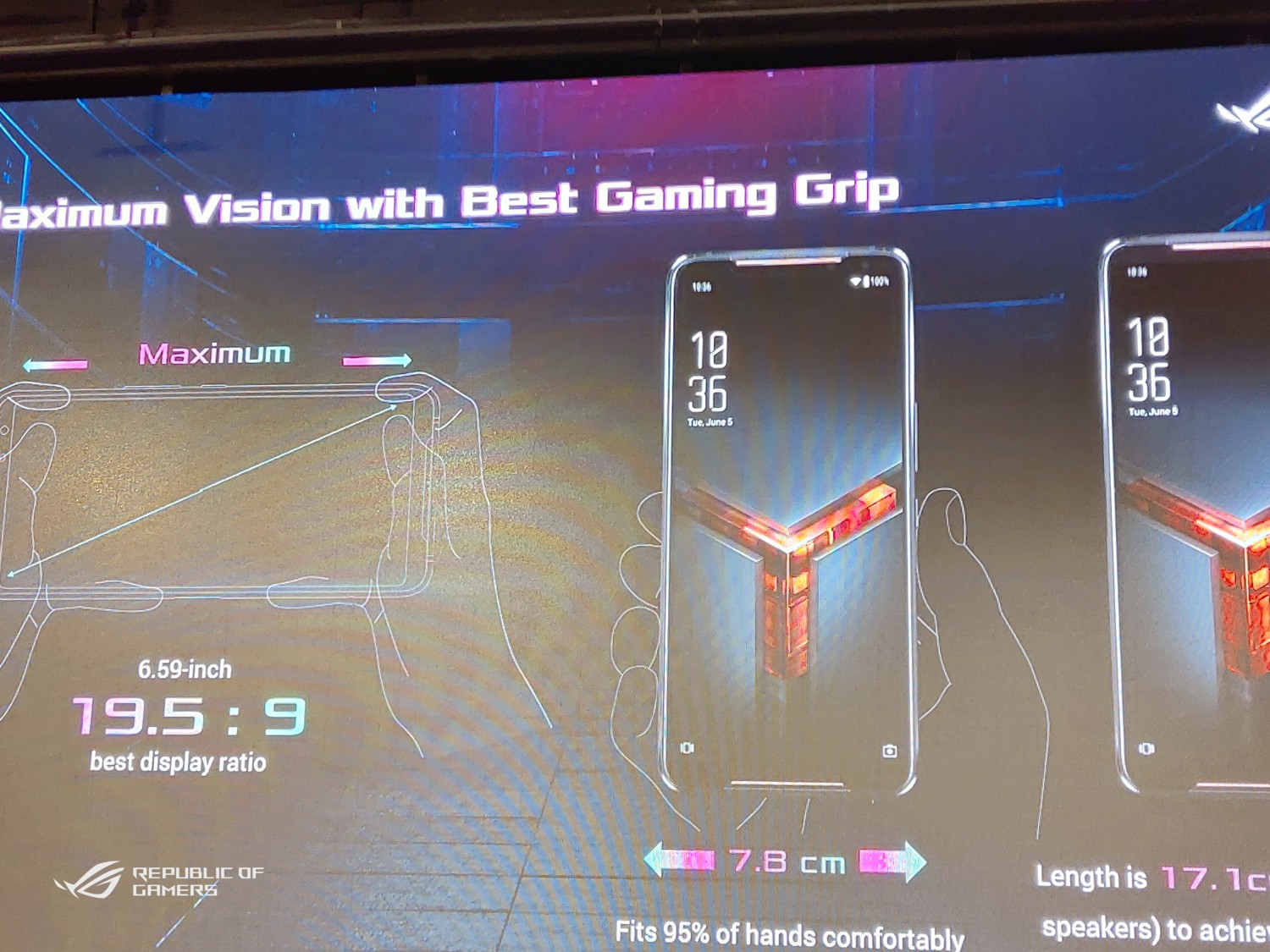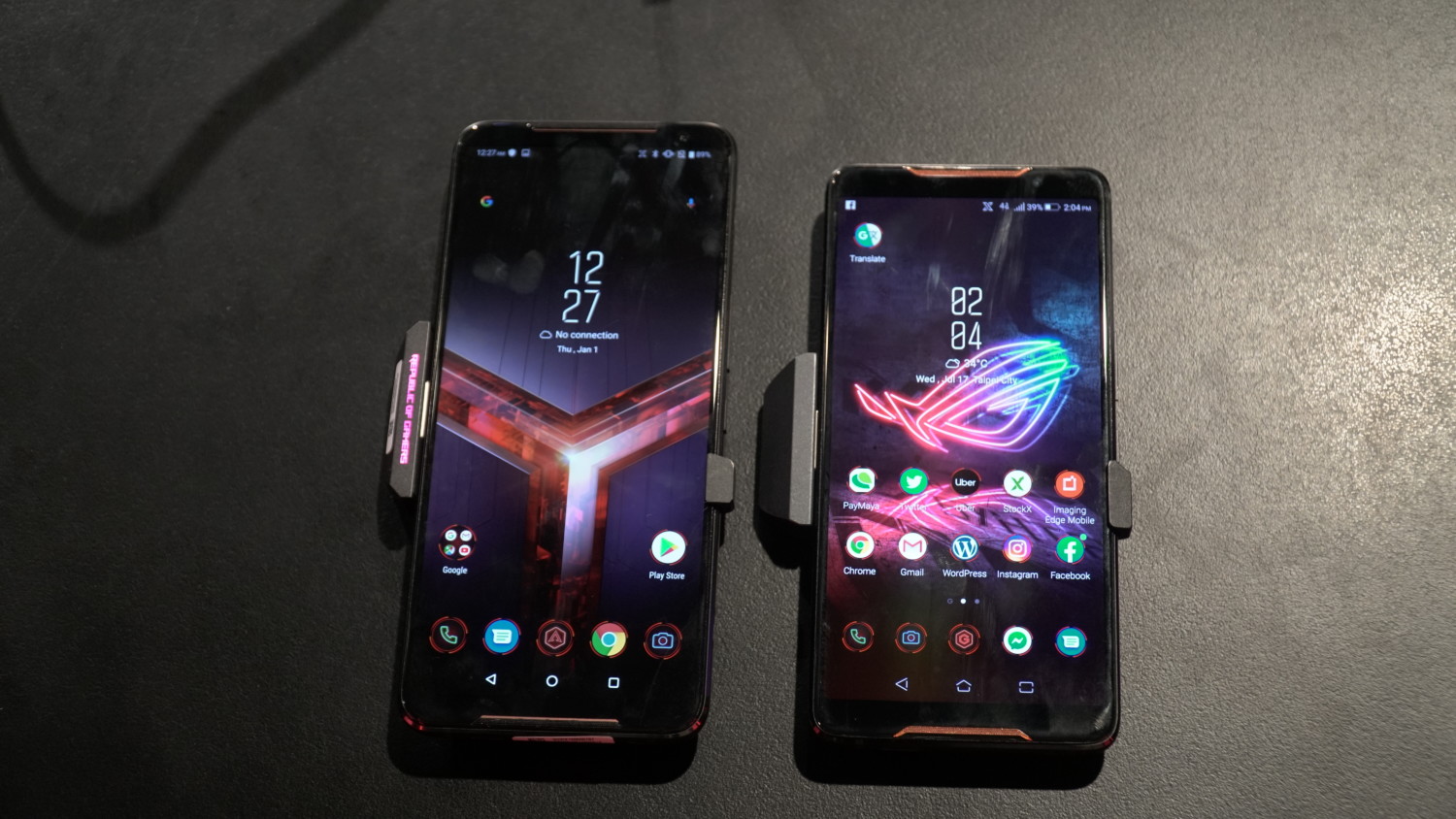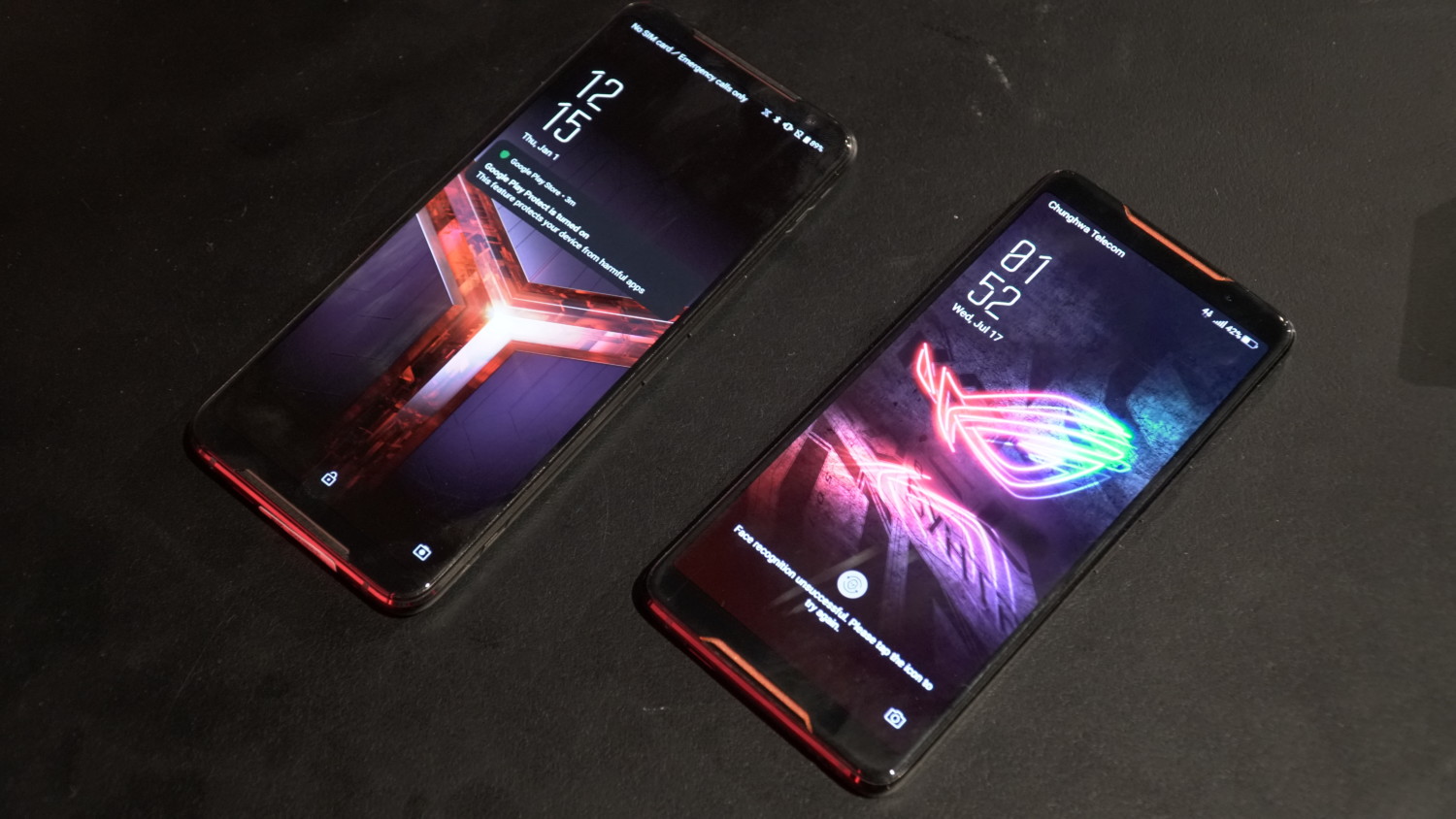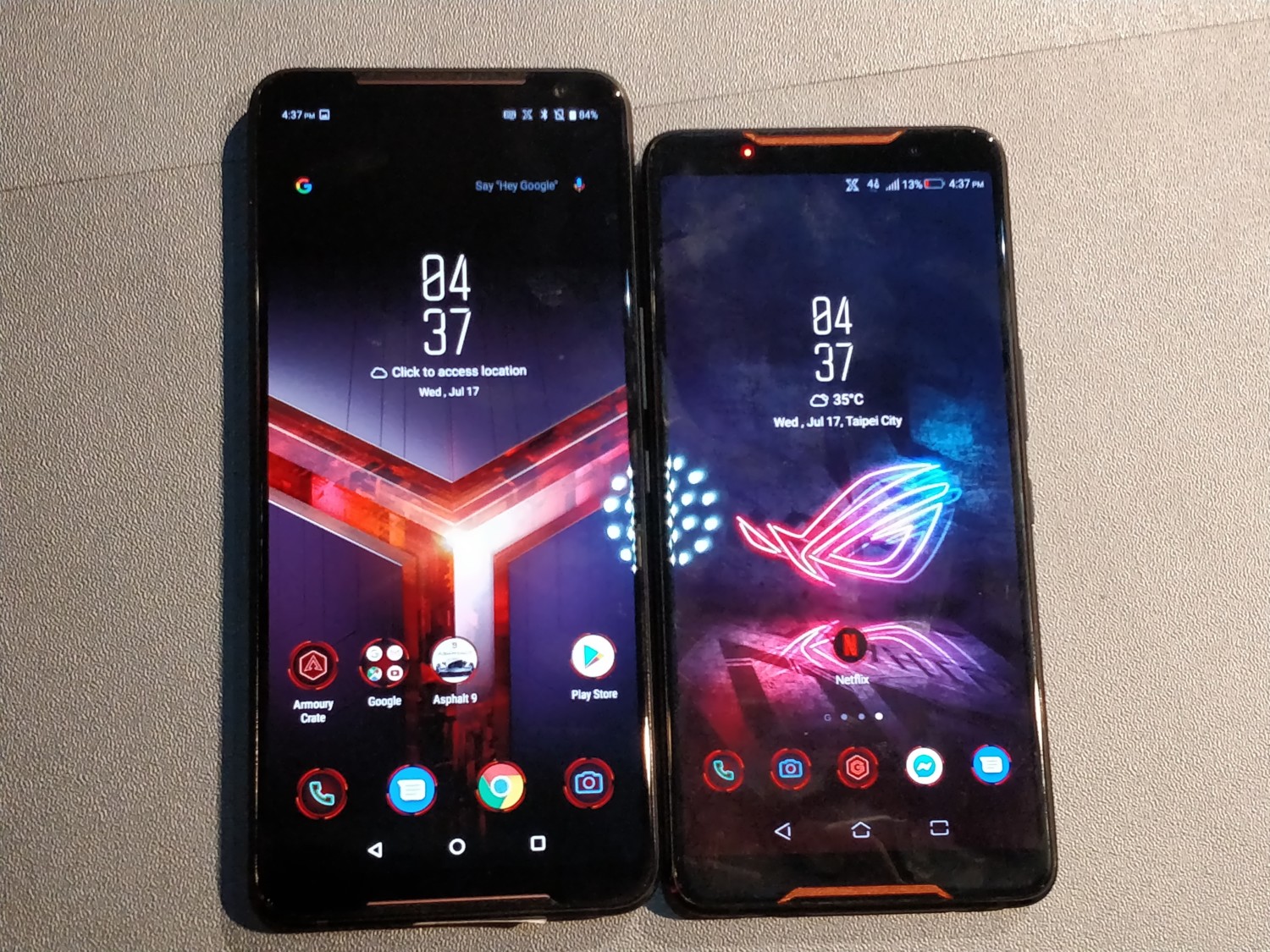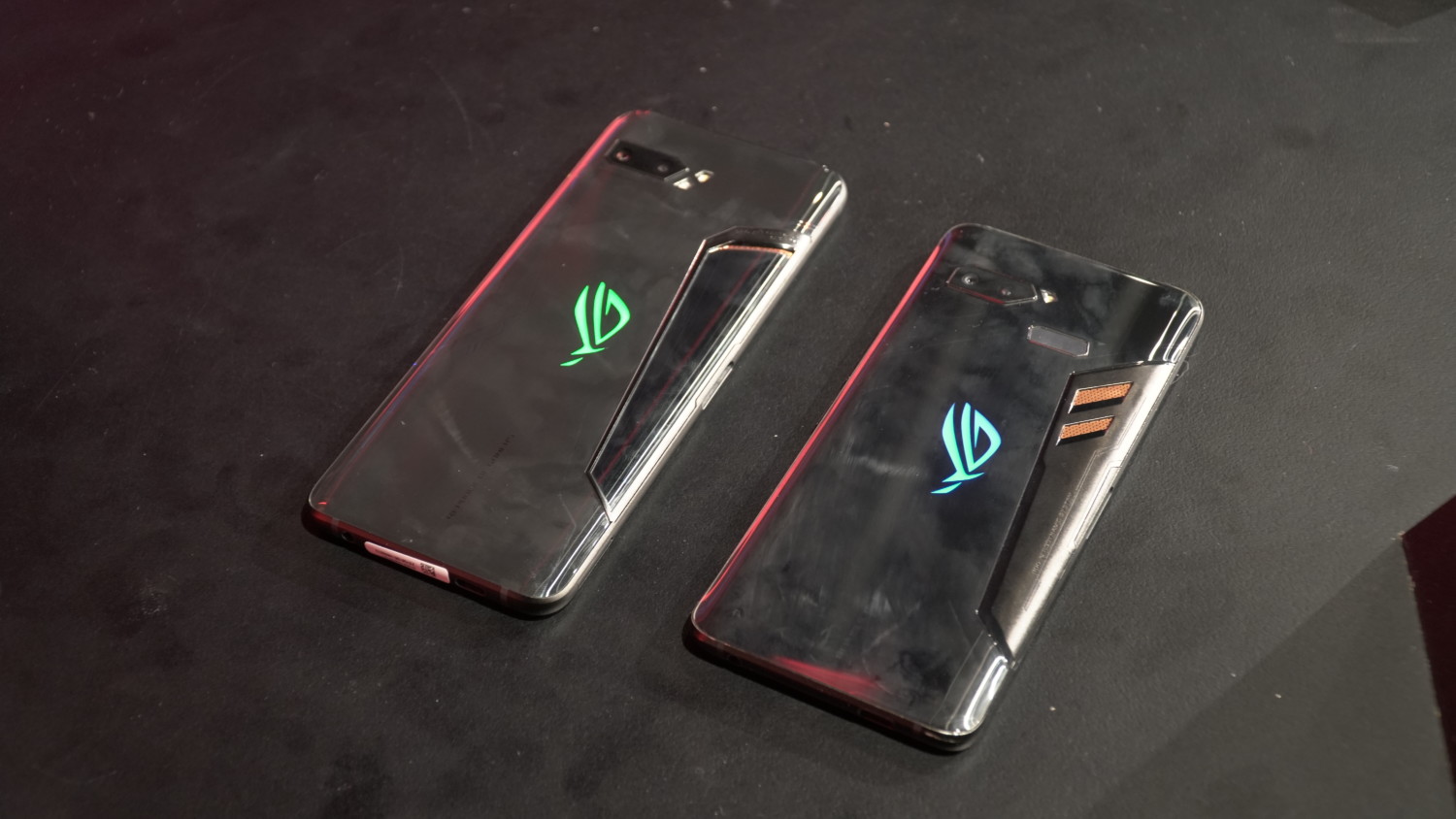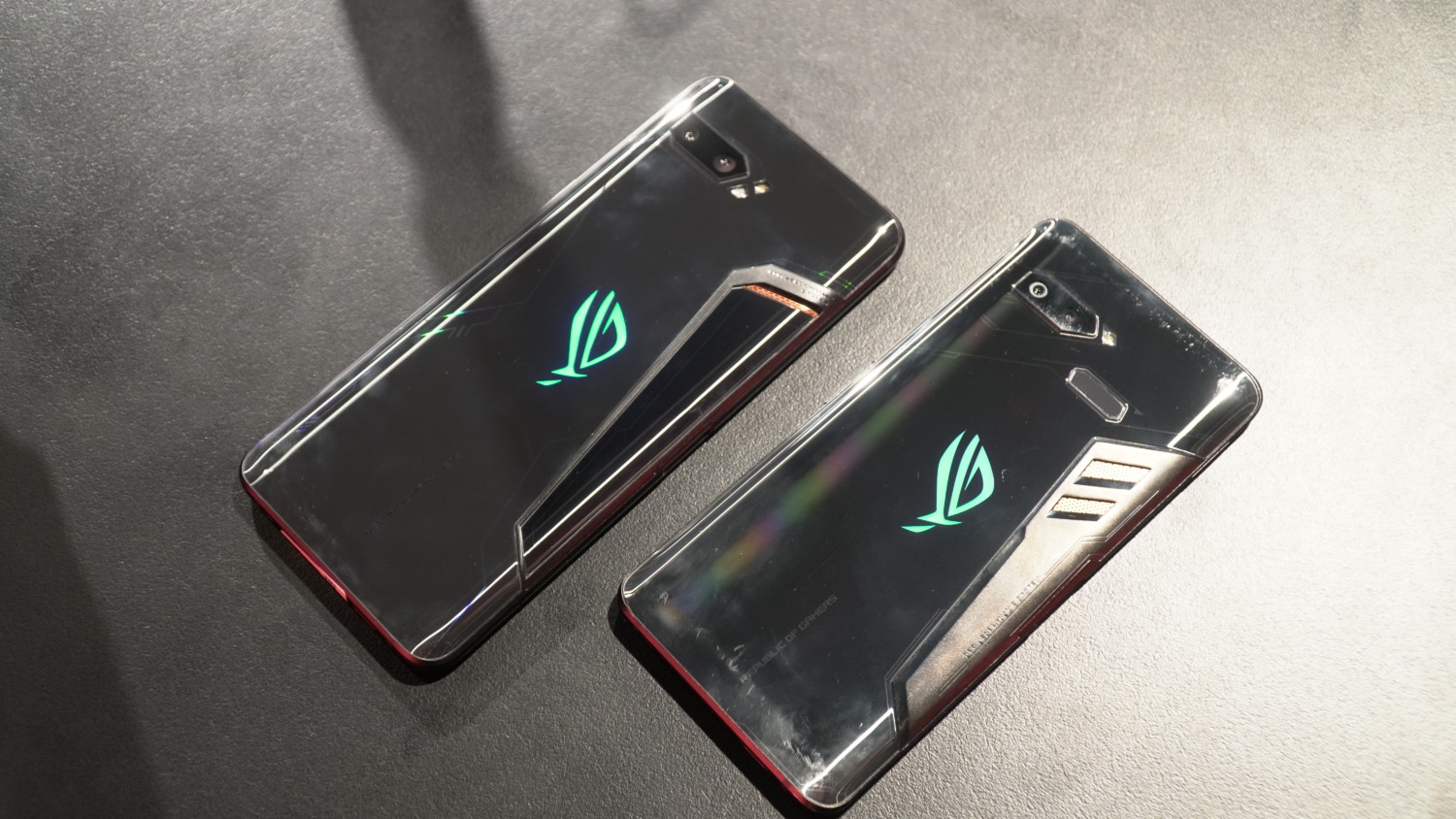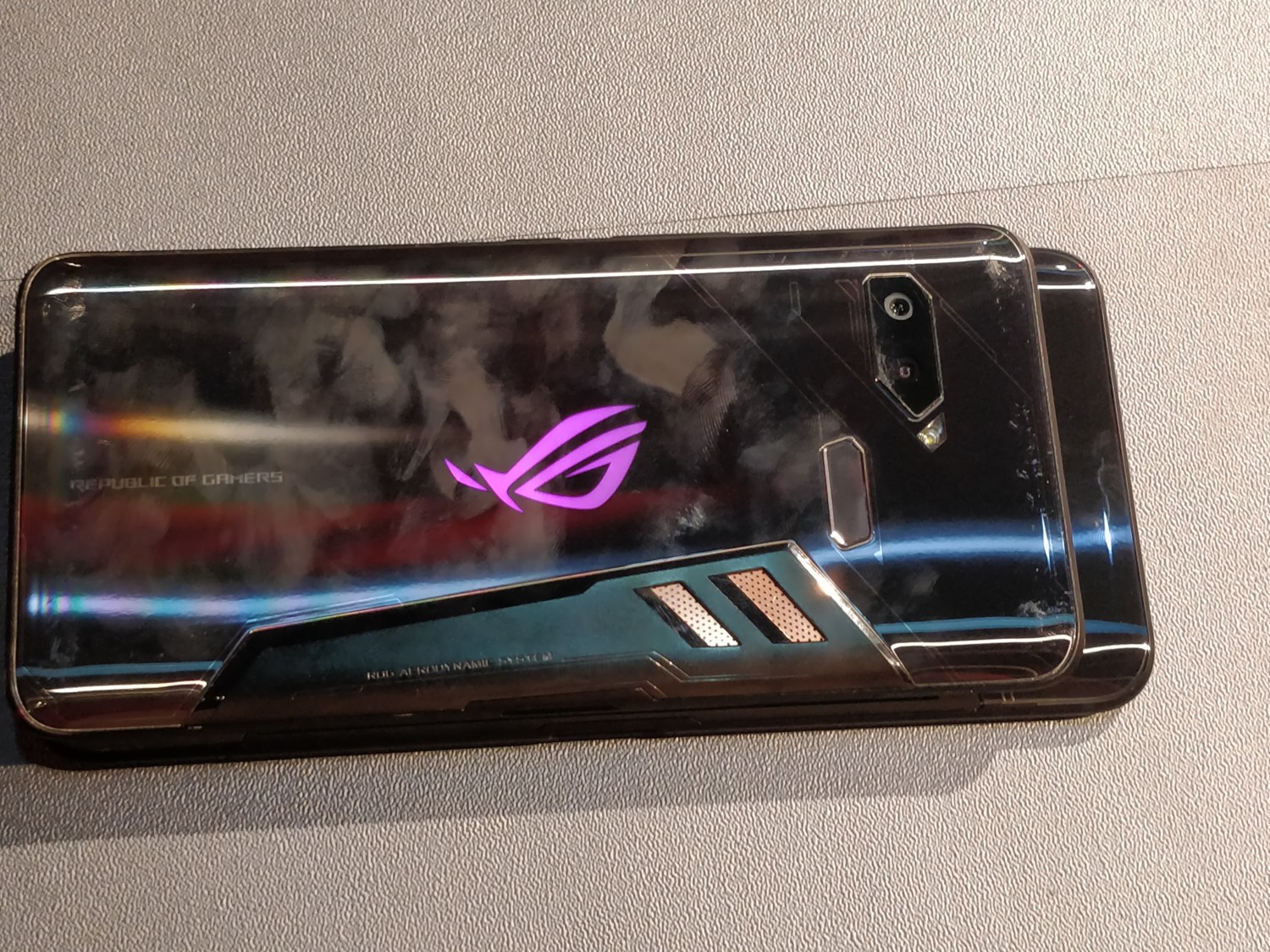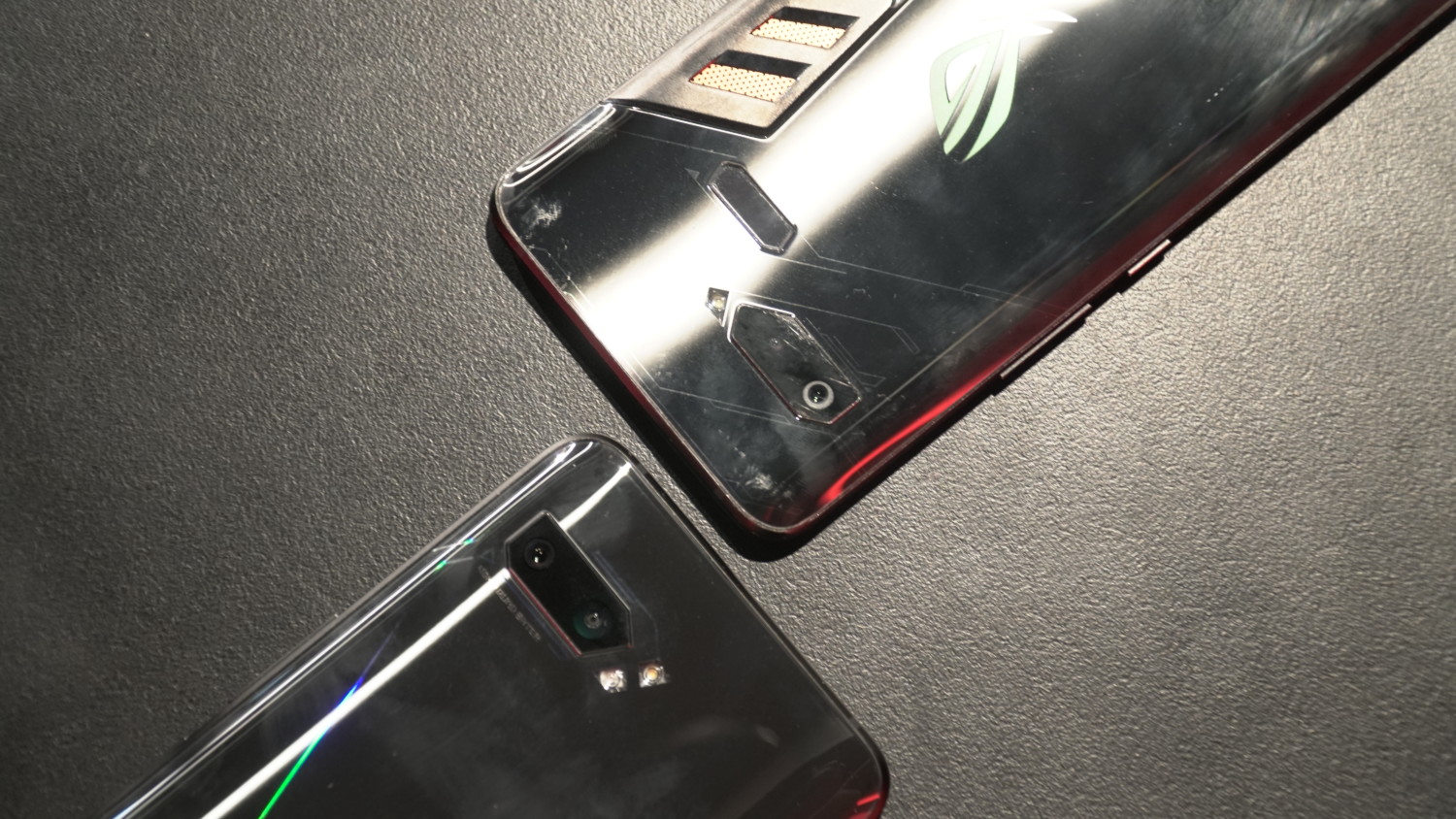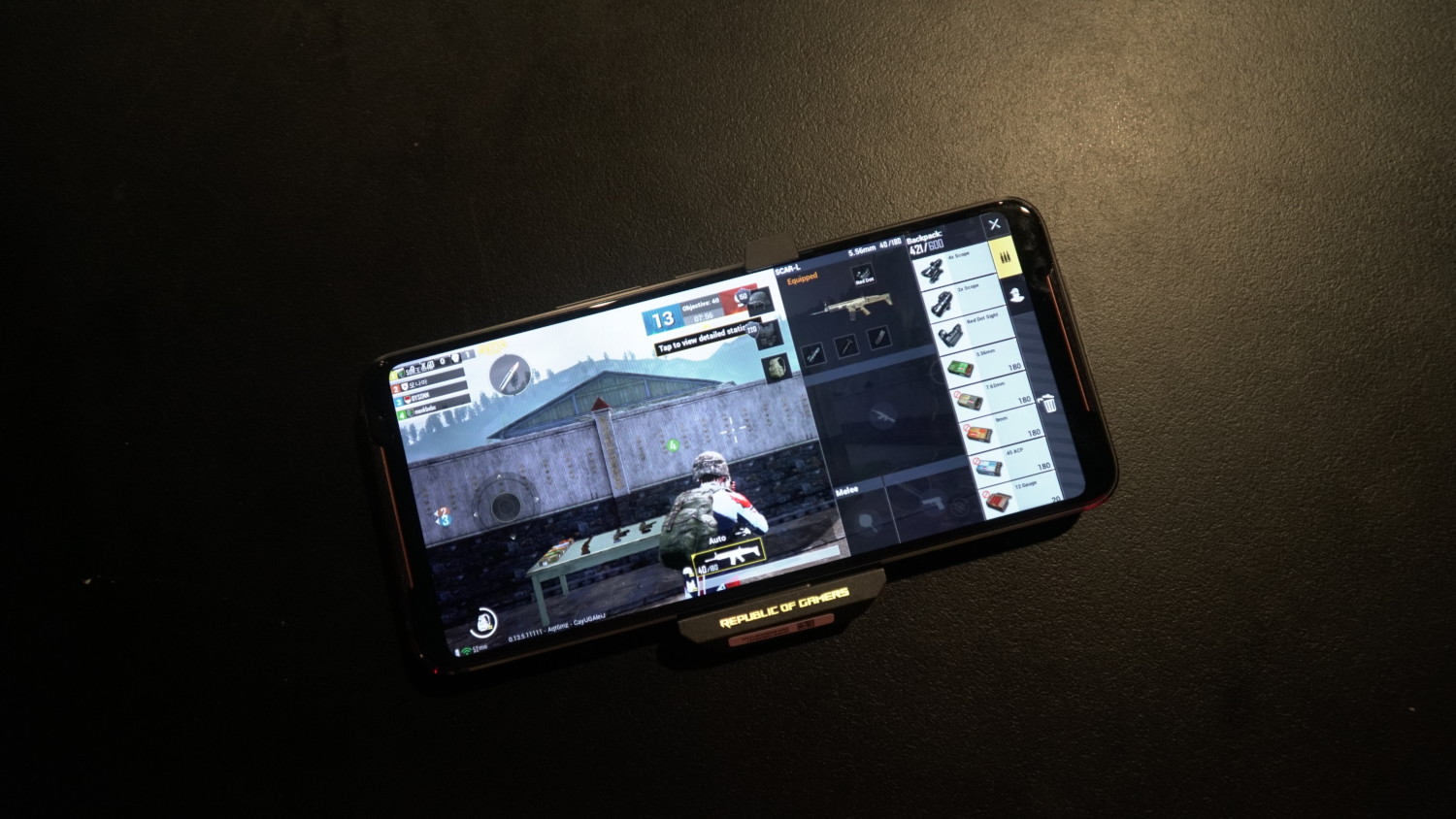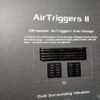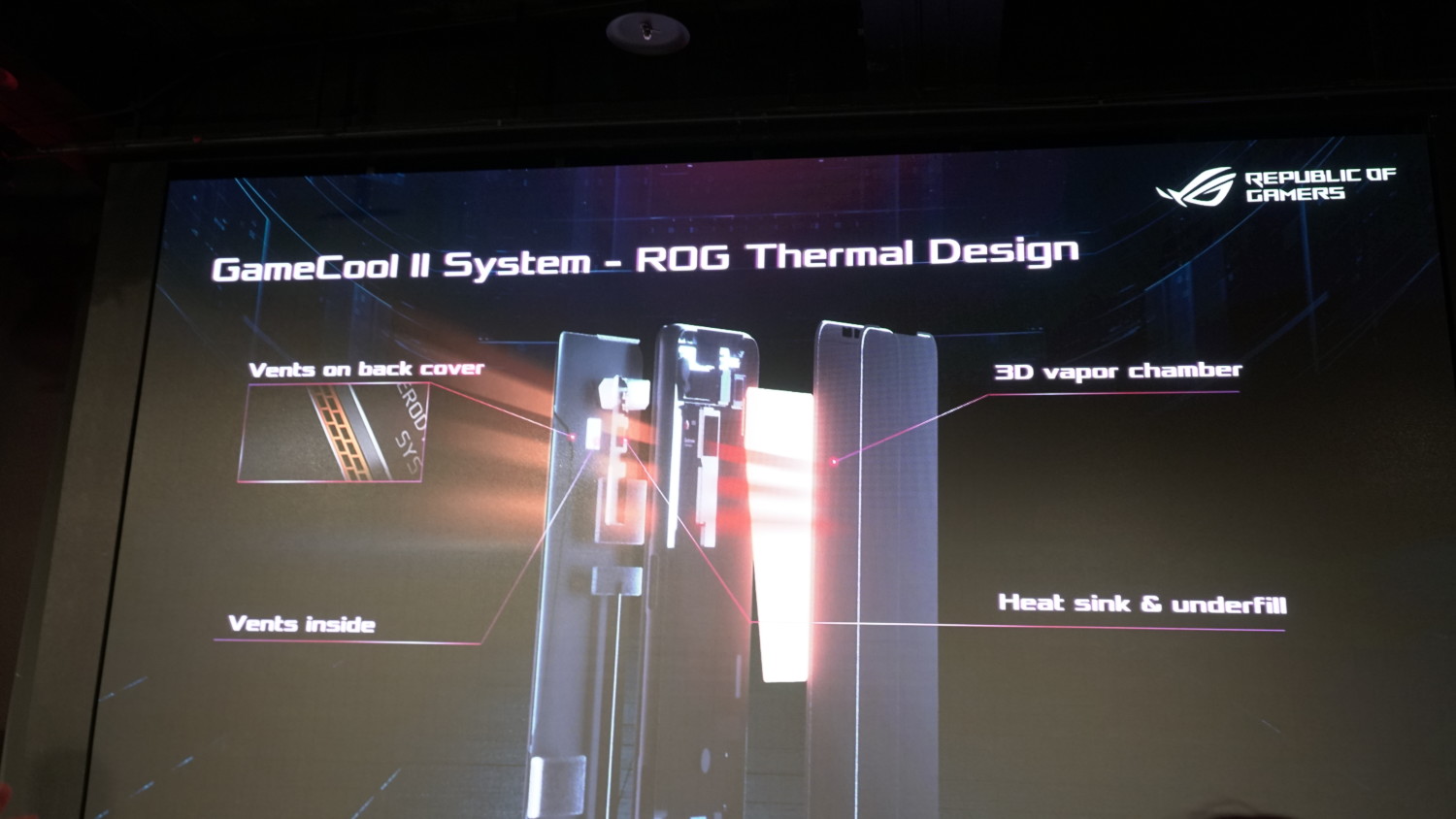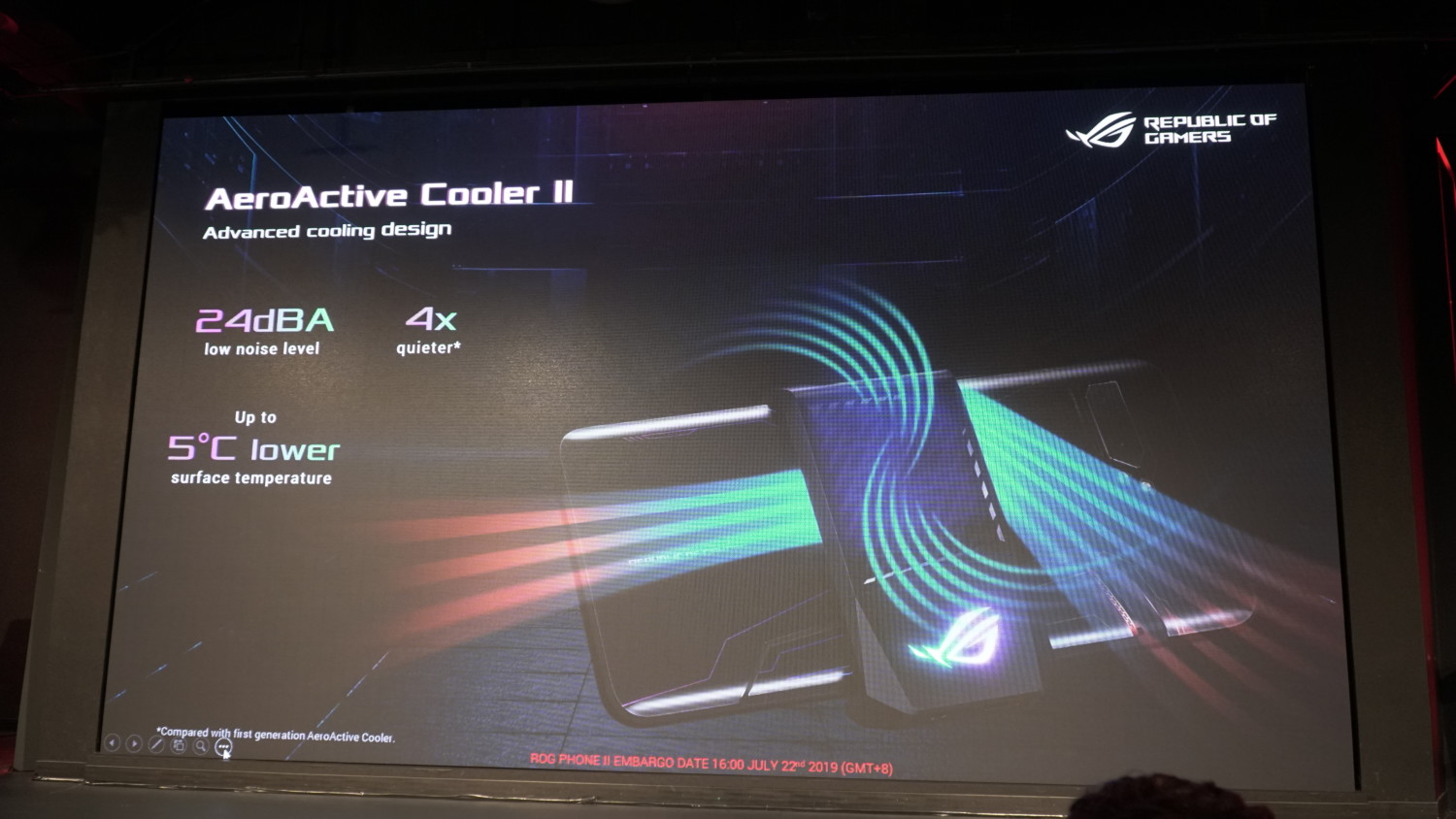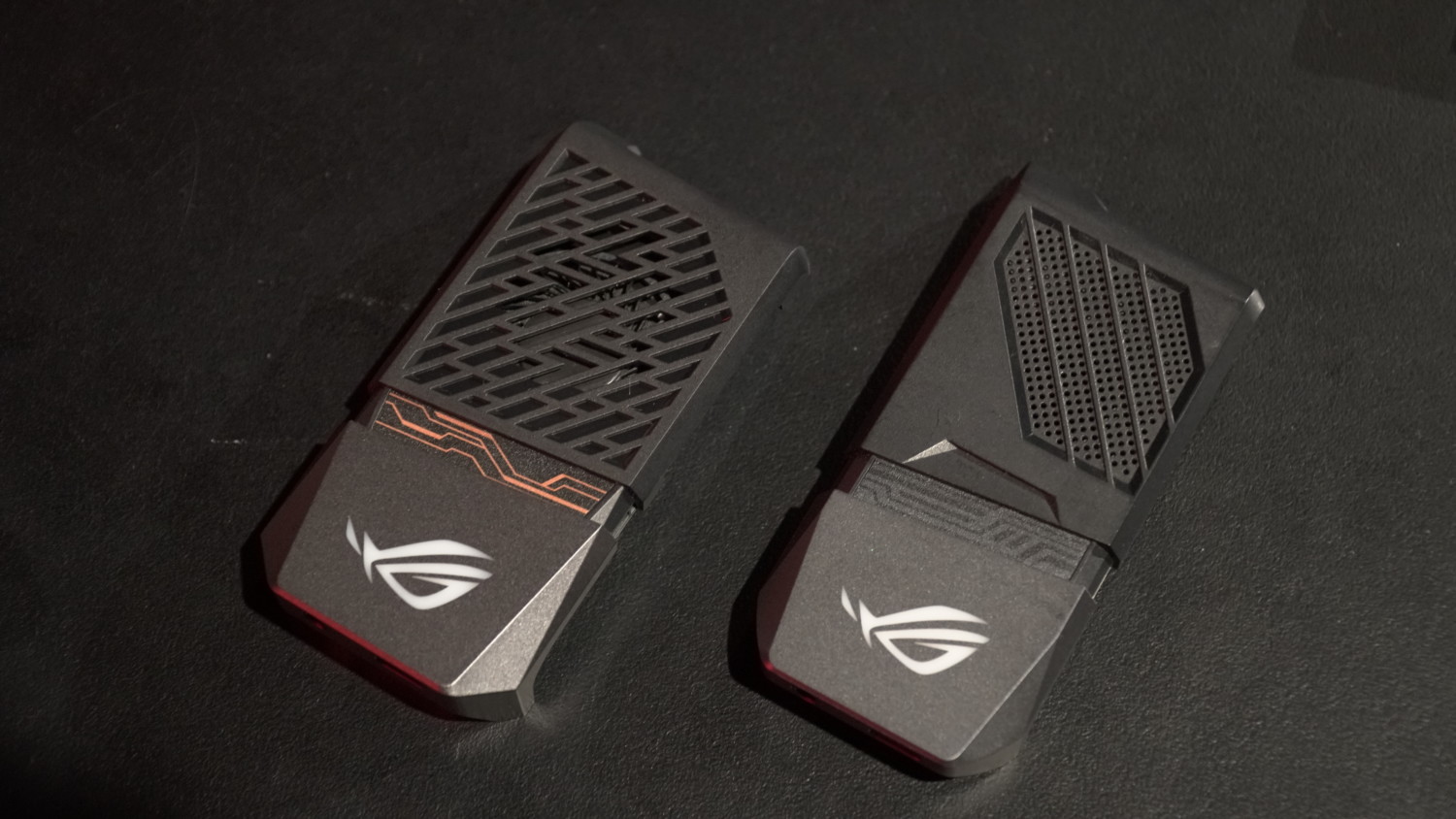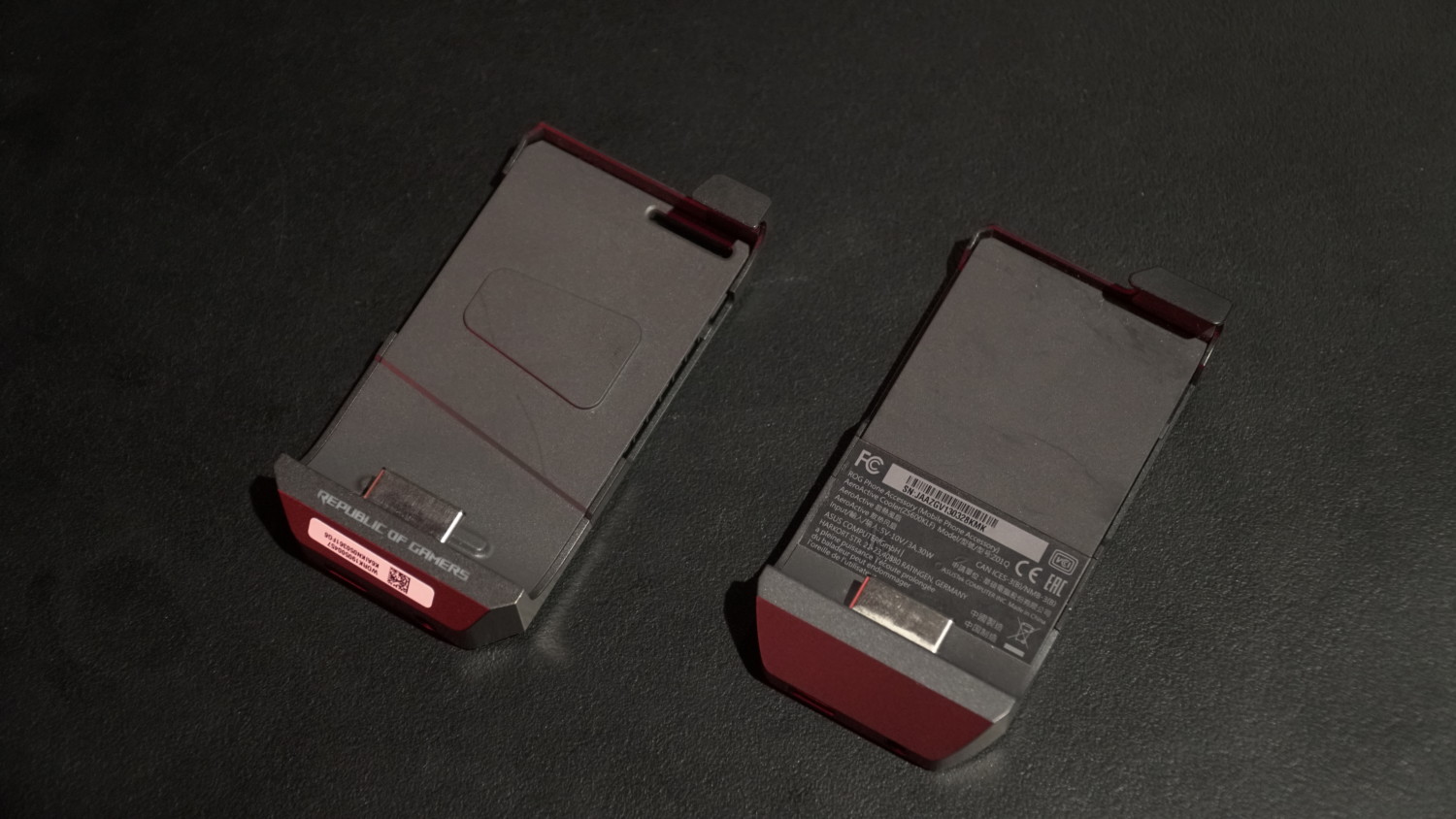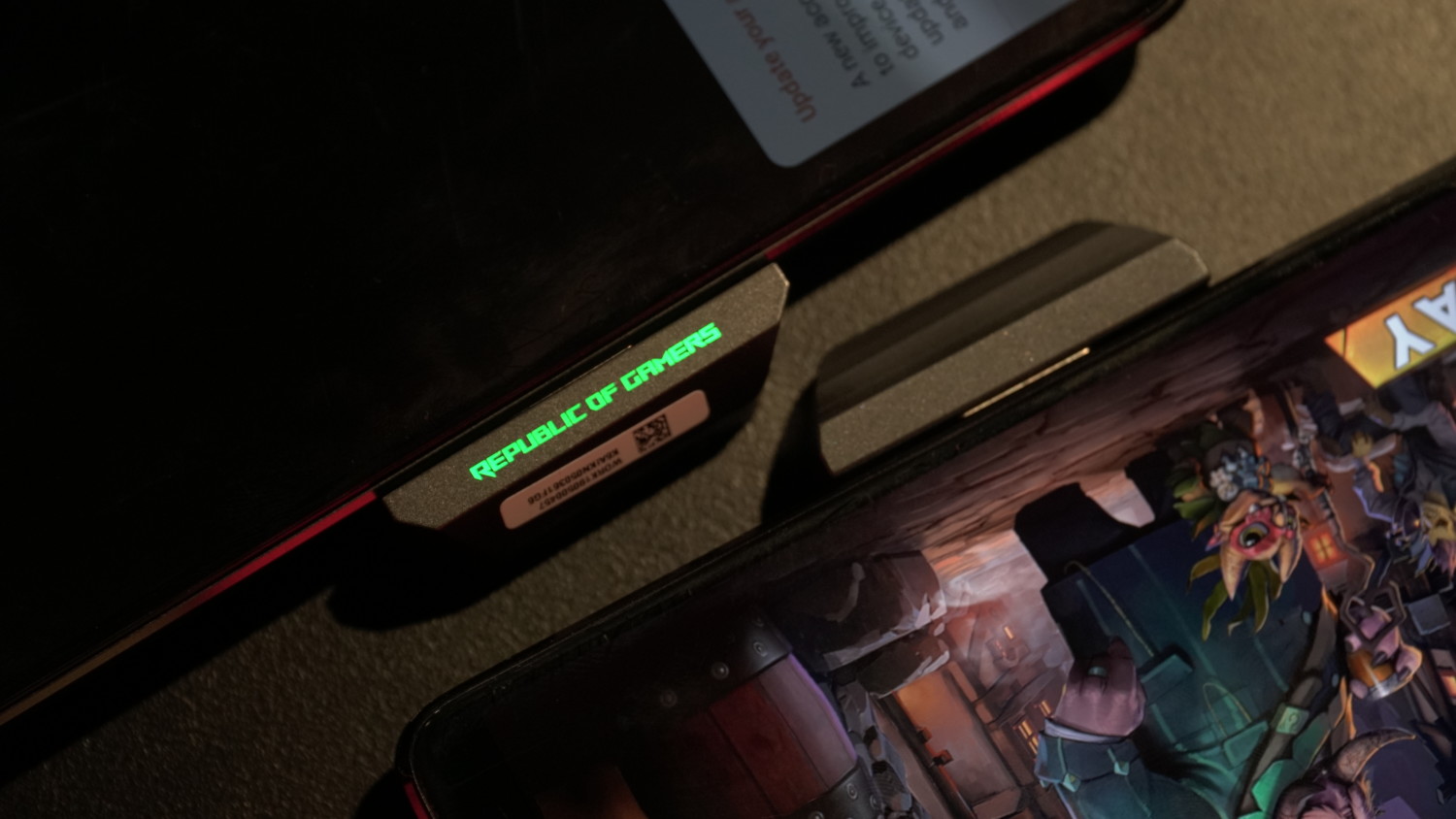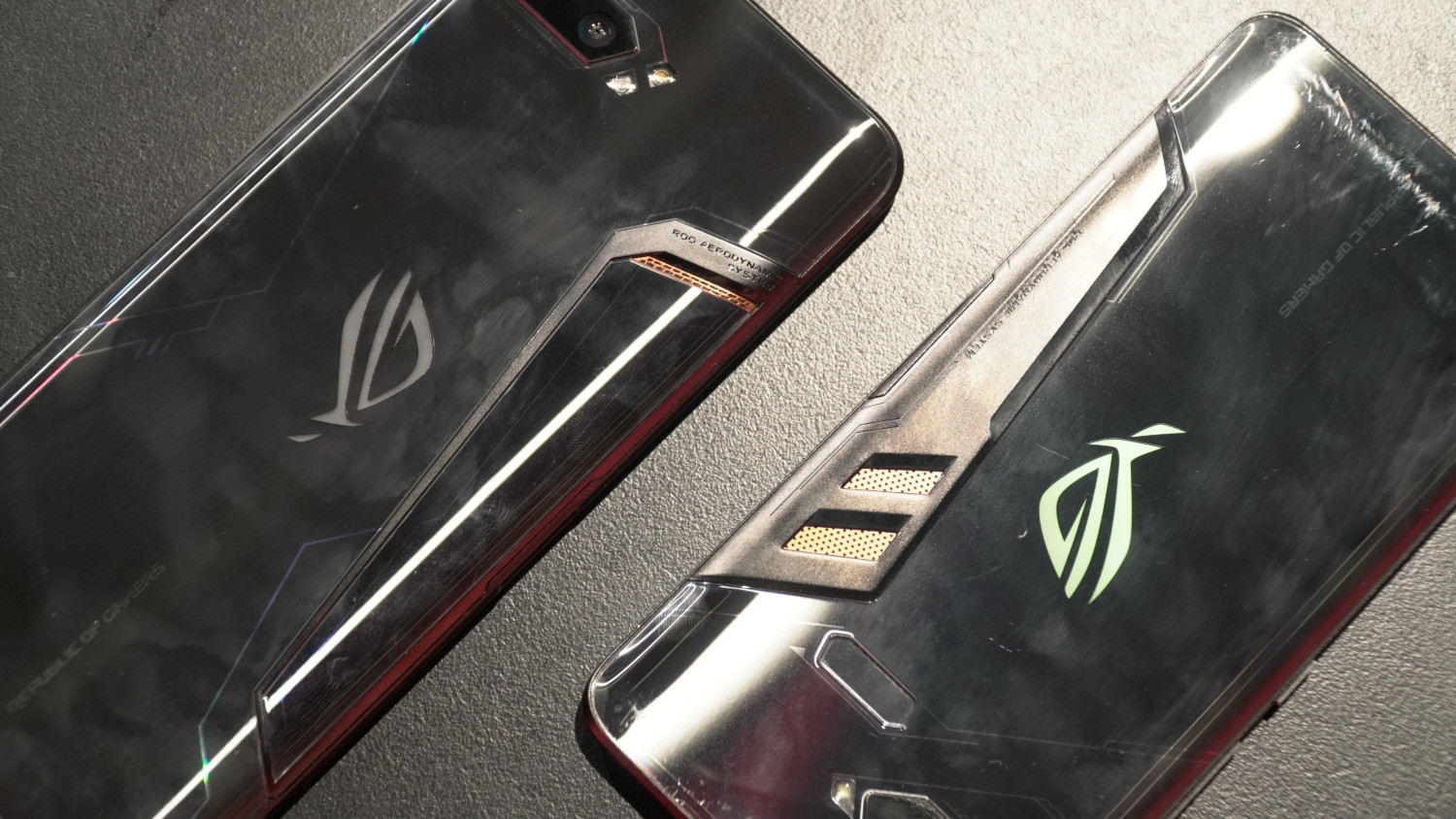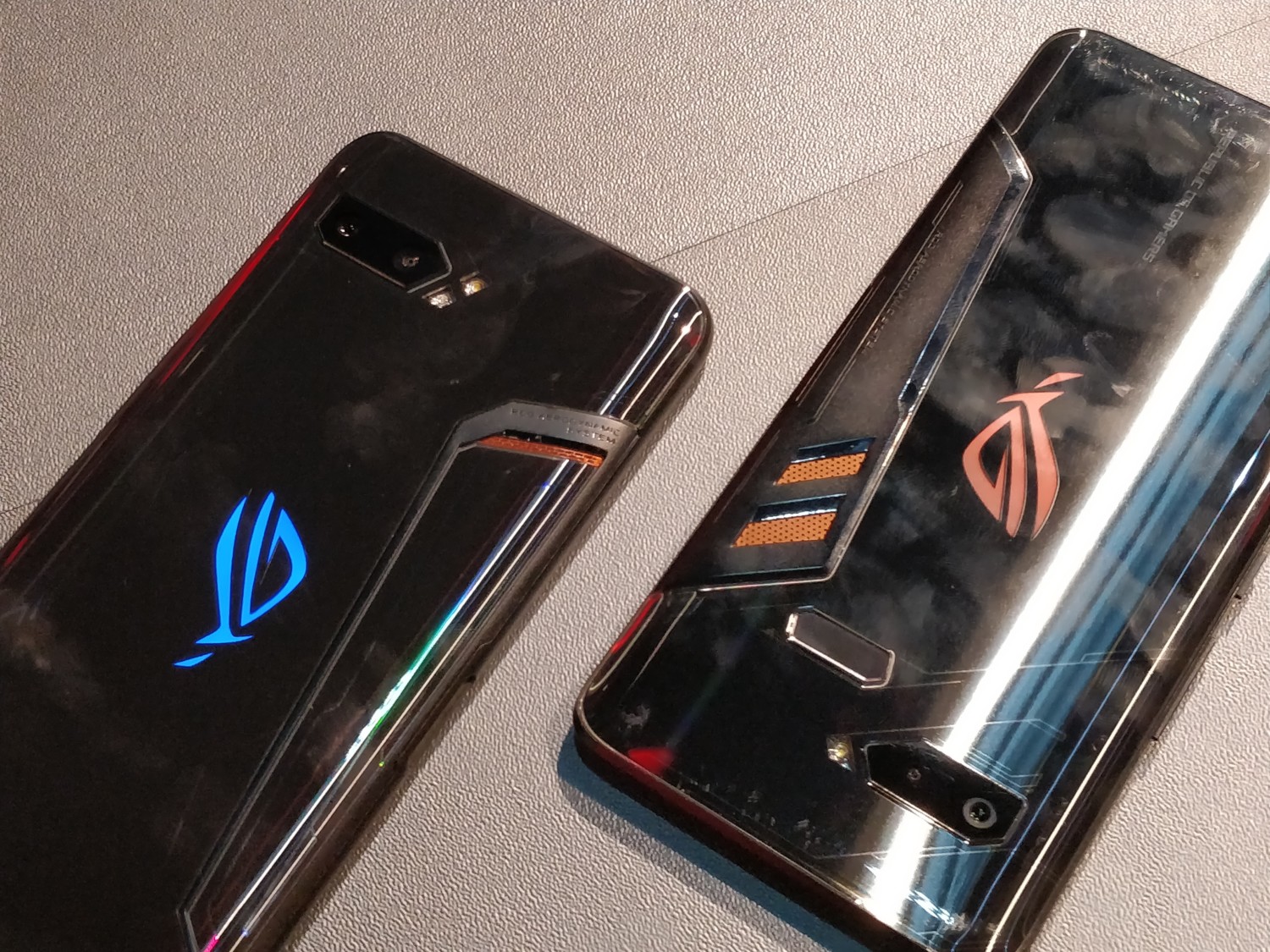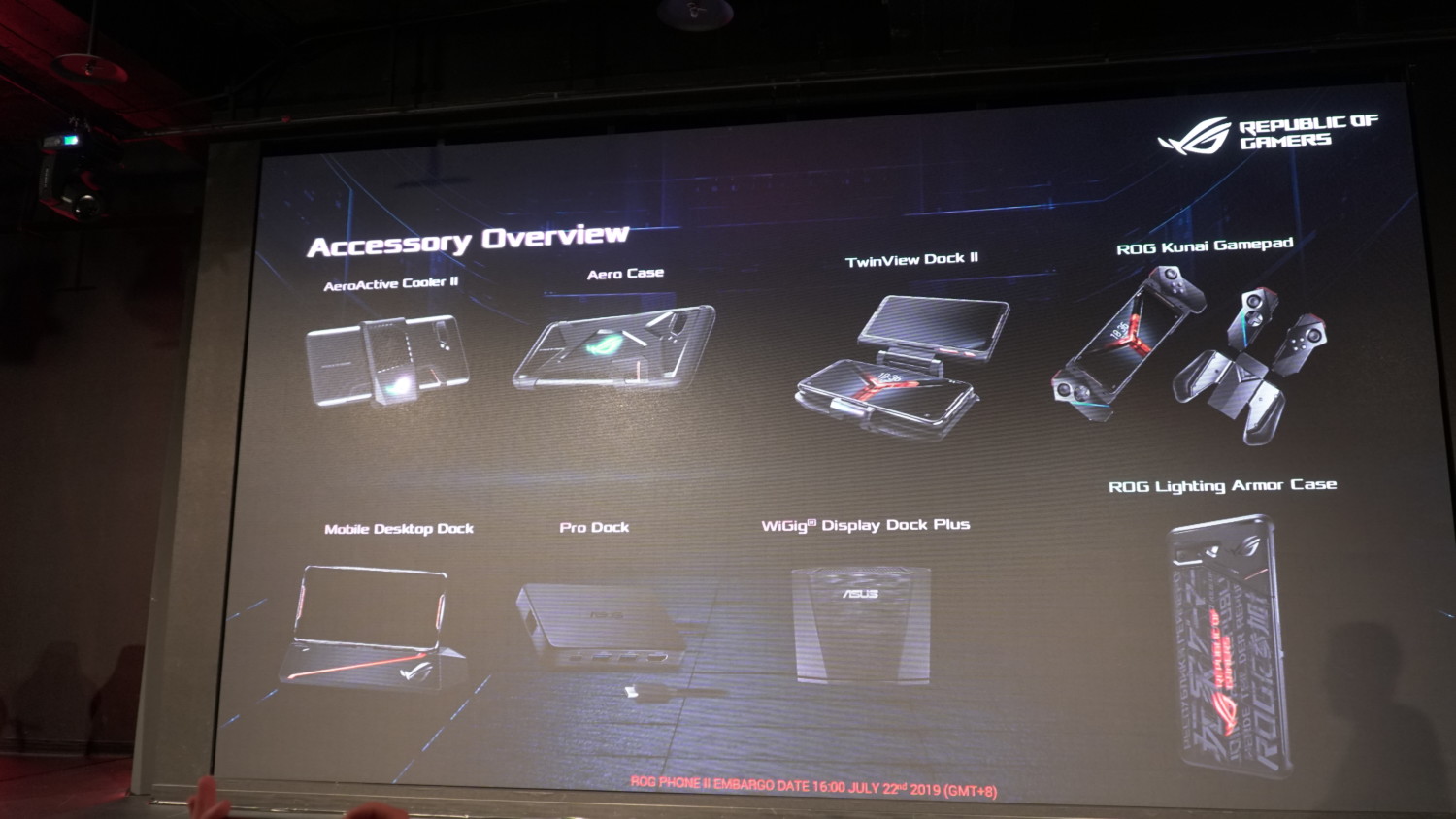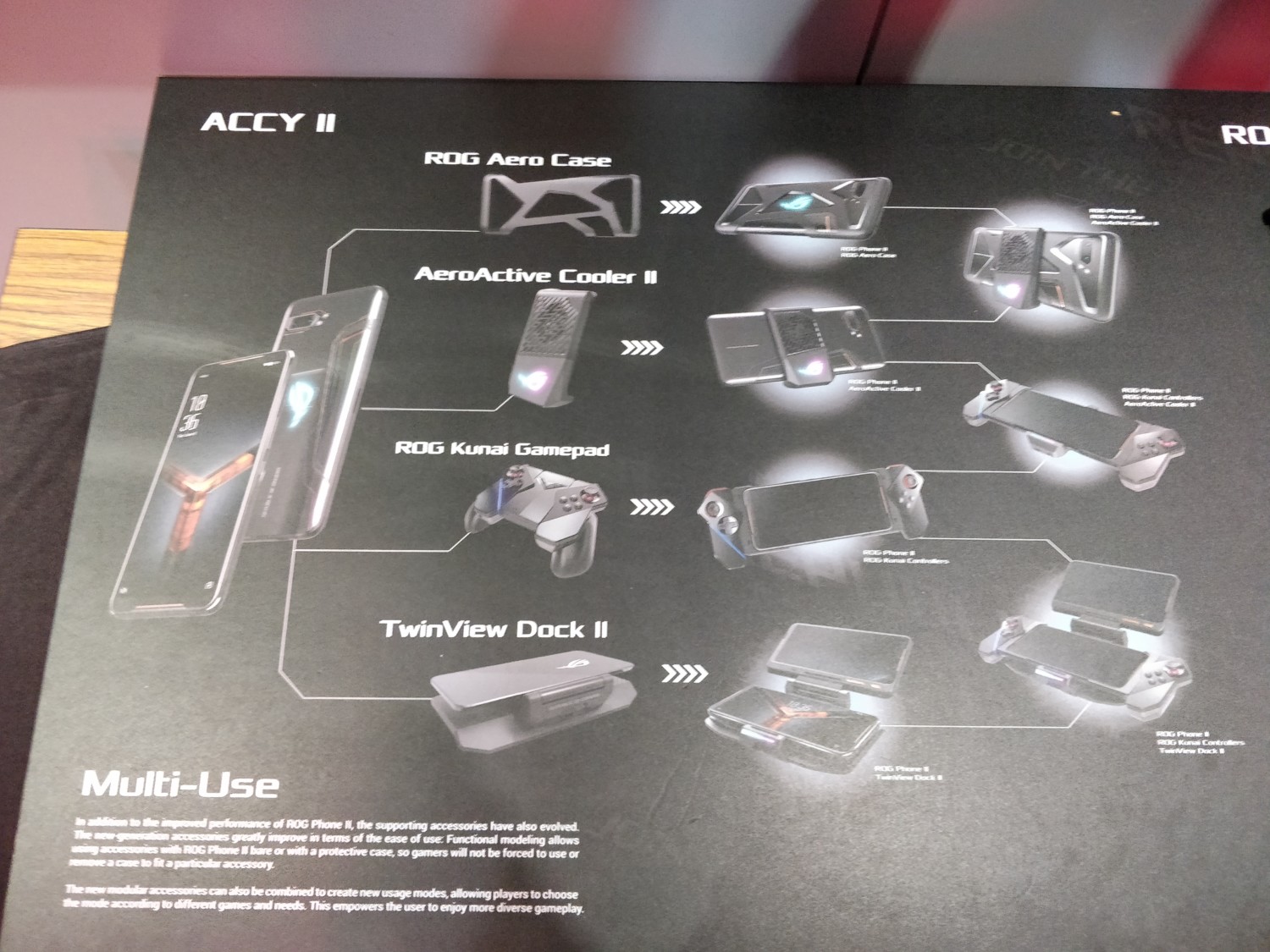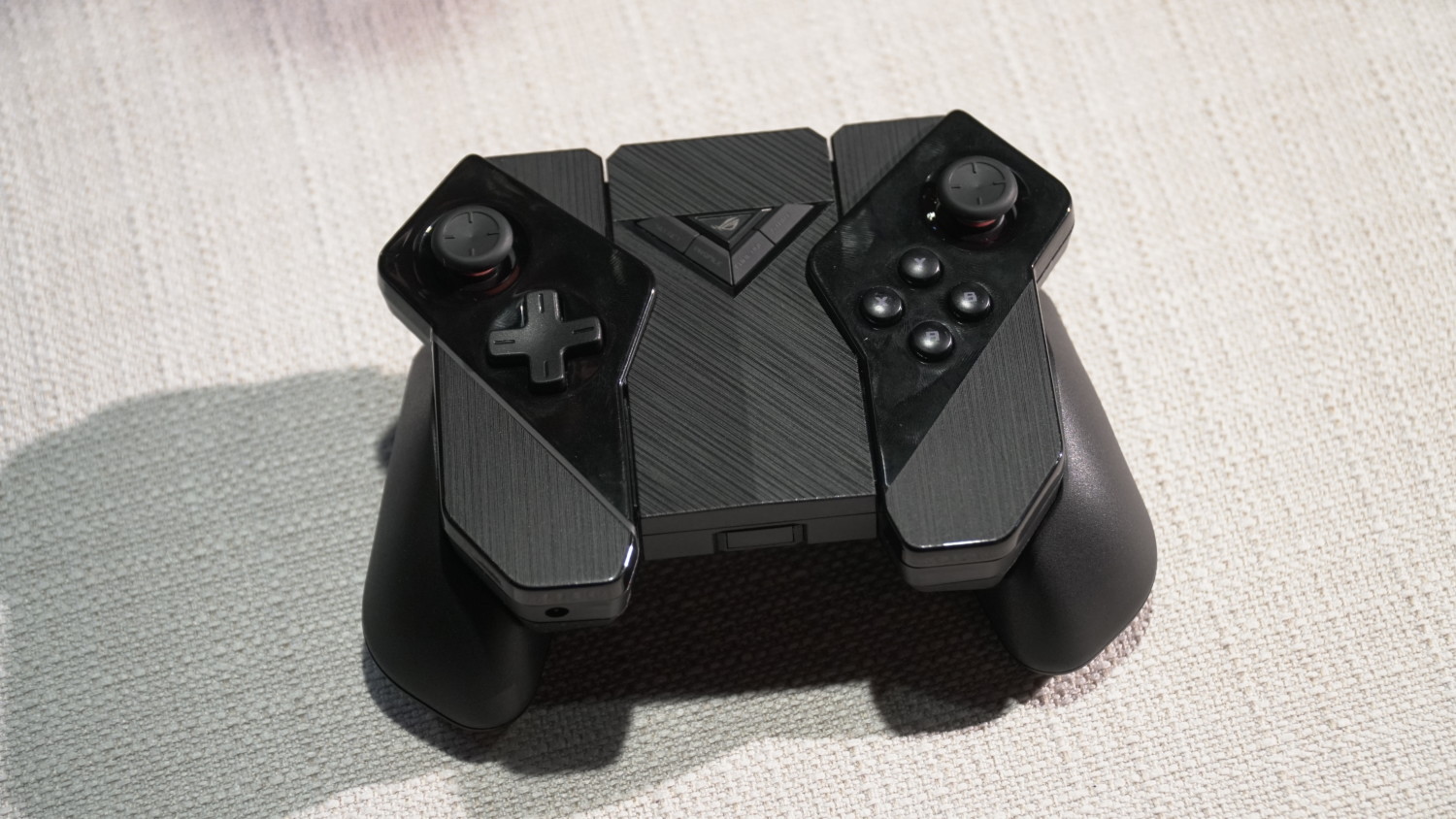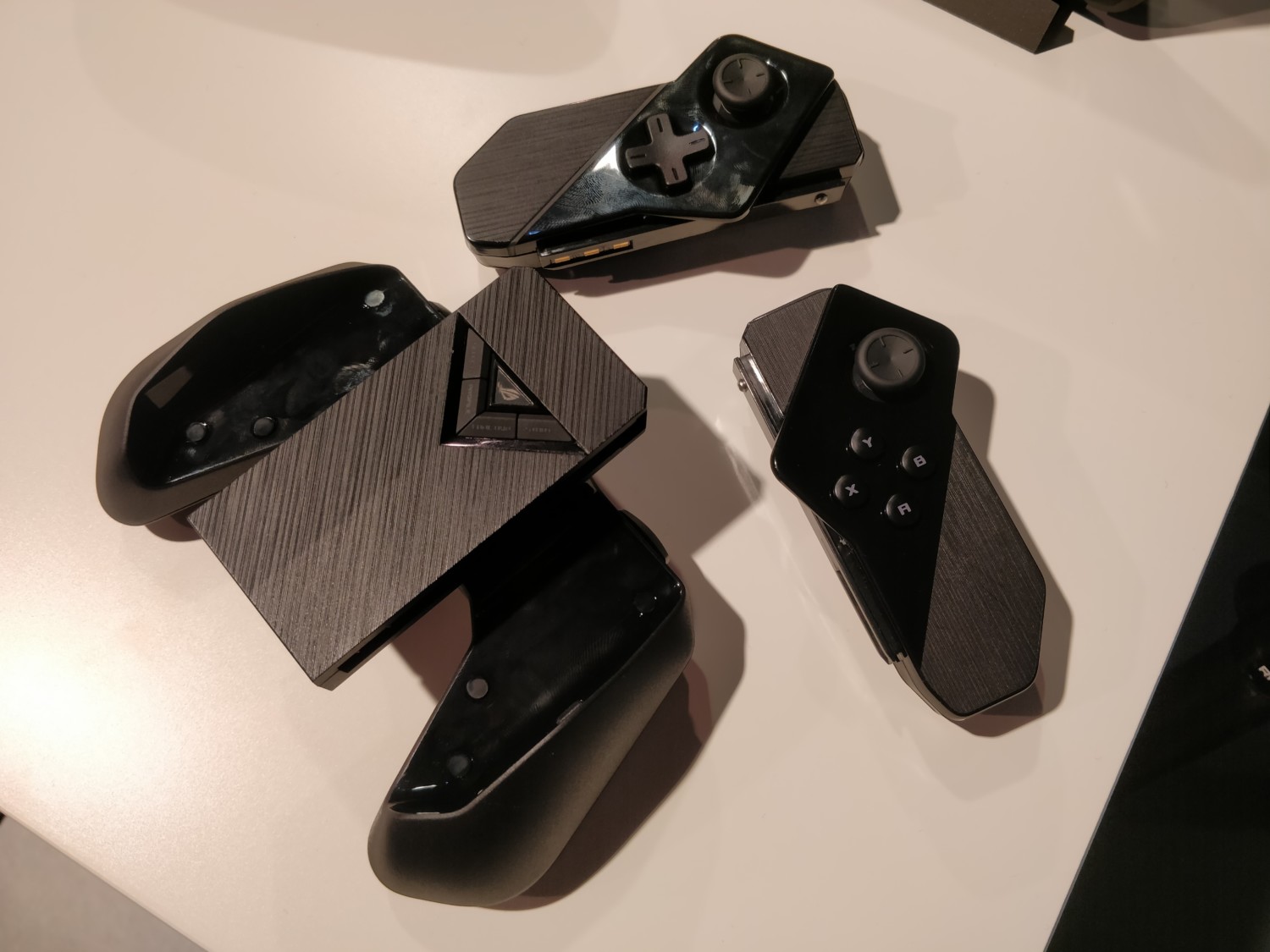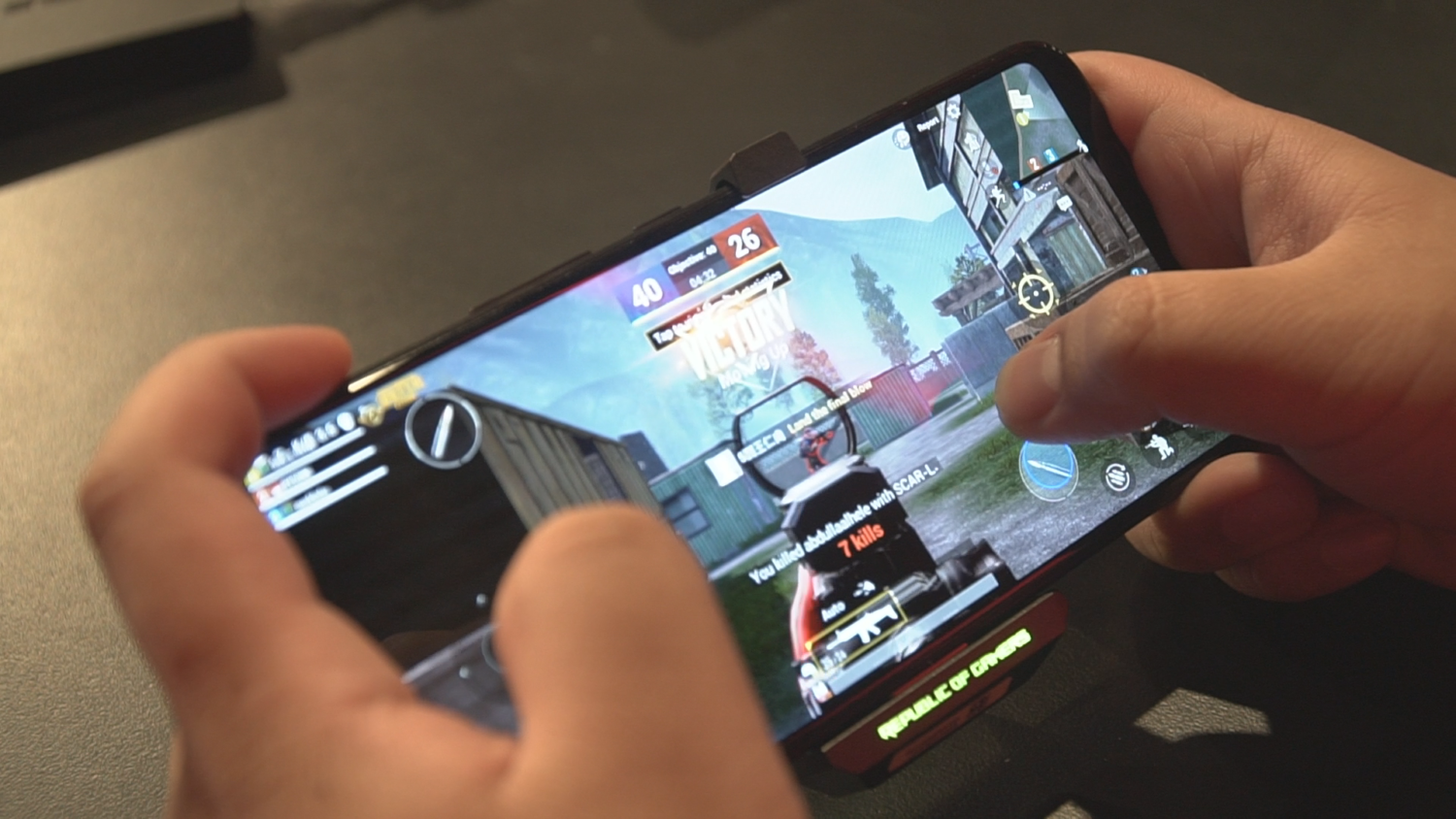The first ROG Phone was a product that mobile gamers didn’t think they needed until it launched last Computex 2018. It’s the first gaming phone that has accessories which greatly improves the gaming experience of the user. ASUS ROG saw that mobile hardware can now play games at high refresh rates and the need for accessories in a “gaming phone.” The ROG Phone 2 was created out of demand and not because Asus can just do it. According to their studies, there will be a 14% growth rate of the eSports audience with 57% of the growth coming from the Asia Pacific. This projected growth has led Asus to develop the next gaming standard of the mobile market. Does the ROG Phone 2 live up as another game-changer in the smartphone landscape? Let’s take a closer look.
DESIGN & BUILD QUALITY
The ROG Phone 2 is longer and thicker than the previous ROG Phone. According to Asus, the 6.59″ footprint is the optimal size that fits 95% of hands comfortably. To Asus’ credit, the grip is comfortable and natural thanks to the larger display. ROG defaced the notch and punch-hole trend and maintained the dual front-firing speaker setup found on the first ROG Phone.
At first glance, there is no eye-catching difference between the 2 versions of the ROG Phone. The ROG Phone 2 has a lighter and thinner orange speaker grill accent which creates the illusion of a larger screen real estate.
The back of the ROG Phone 2 sports the same reflective metal unibody design. The most noticeable change versus the ROG Phone 1 is the exclusion of the fingerprint sensor as the ROG Phone 2 now uses an in-display fingerprint sensor. Moreover, the vents for the vapor chamber as seen with the orange accents on the back is now more subtle and has only 1 vent for the ROG Phone 2. The reduction of vents means ROG achieved a more efficient cooling solution which we’ll discuss later.
Looking closer at both phones you’ll notice the cleaner look of the ROG Phone 2 due to the removal of the “circuit line” design which is now replaced by a reflective chrome lining. While the camera design of the two phones is identical, the main camera of the ROG Phone 2 is a 48 MP Sony IMX586 paired with an Ultrawide 13MP secondary camera.
SPEC HIGHLIGHTS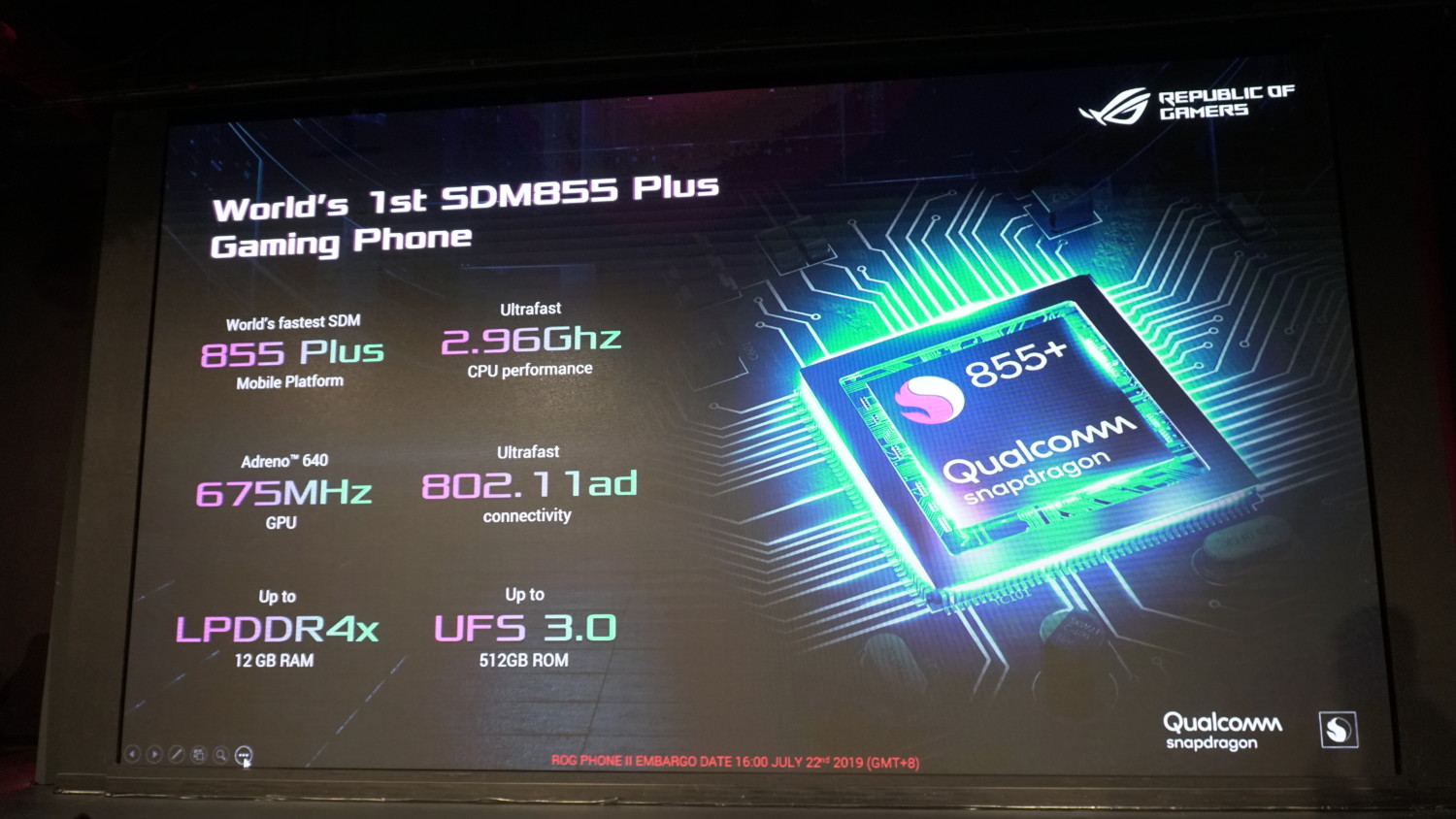
At the heart of the new ROG Phone 2 is the newly announced Snapdragon 855 Plus CPU. The SD 855 plus is overclocked to 2.96 GHz over the standard 2.84 GHz found on a regular Snapdragon 855. There’s also a 15% bump with the Adreno 640 GPU at 675 Mhz versus the standard clock of 585 Mhz. The improvement of the processor alongside other key specs such as UFS 3.0 storage will drive the improved 120Hz AMOLED display as well as other apps which we will tackle on later.
The ROG Phone II now has a 120Hz 1ms AMOLED display. The high refresh rate display supports 10 bit with a DeltaE of <1. Aside from the astonishing color quality, ASUS also introduced Ultra-Low Touch Latency with the ROG Phone II having a 240Hz touch sampling rate. This makes the ROG Phone II the fastest smartphone as it has a 120Hz panel paired with a touch latency of only 49ms.
To keep up with the speed increase, the AirTriggers have also been improved. The first ROG Phone had a response time of 63ms and the ROG Phone 2 with the AirTriggers II now have a response time of 20ms. There is no more noticeable delay in using the AirTriggers on any game.
COOLING SOLUTION
The ROG Phone 2’s internal cooling system has also been improved. In a nutshell, ROG implemented an efficient cooling solution without the sacrifice in acoustics. Asus didn’t present benchmark numbers to further show the capability of the GameCooll II System.
We were not given any technical information with the new Aero Active Cooler II. A quick comparison between the two AeroActive Coolers shows that the 2nd-gen has RGB lighting on the front and a thinner fan intake vent on the back. During our time with the ROG Phone II, the fan noise can barely be heard especially if you’re on a high volume with the dual front-firing speaker.
The ROG Phone II looks a little more professional rather than gamer-y with the thin vent compared to the two-vent setup with the first ROG Phone. The thin vent is compensated by ROG Phone 2’s thicker profile and a more efficient Aero Active cooler. Though this solution could be a problem as the positioning of the vent might be blocked by the middle or ring finger when used without any ROG accessories.
ACCESSORIES
A new set of accessories is issued to the new ROG Phone II. These accessories are designed to support the extra length and thickness of the latest ROG Phone. ASUS has not confirmed which accessories are backwards compatible with the old ROG phone and which ROG Phone 1 accessories are compatible with the ROG Phone II. Just like the old accessories, most of the new ones can be used simultaneously to further elevate the gaming experience with the ROG Phone.
First off the arsenal of accessories is the ROG Kunai Gamepad for the ROG Phone II. It shares the same concept with the Nintendo switch joycons. The Gamepad itself looks like a Pro Controller but for the ROG Phone II.
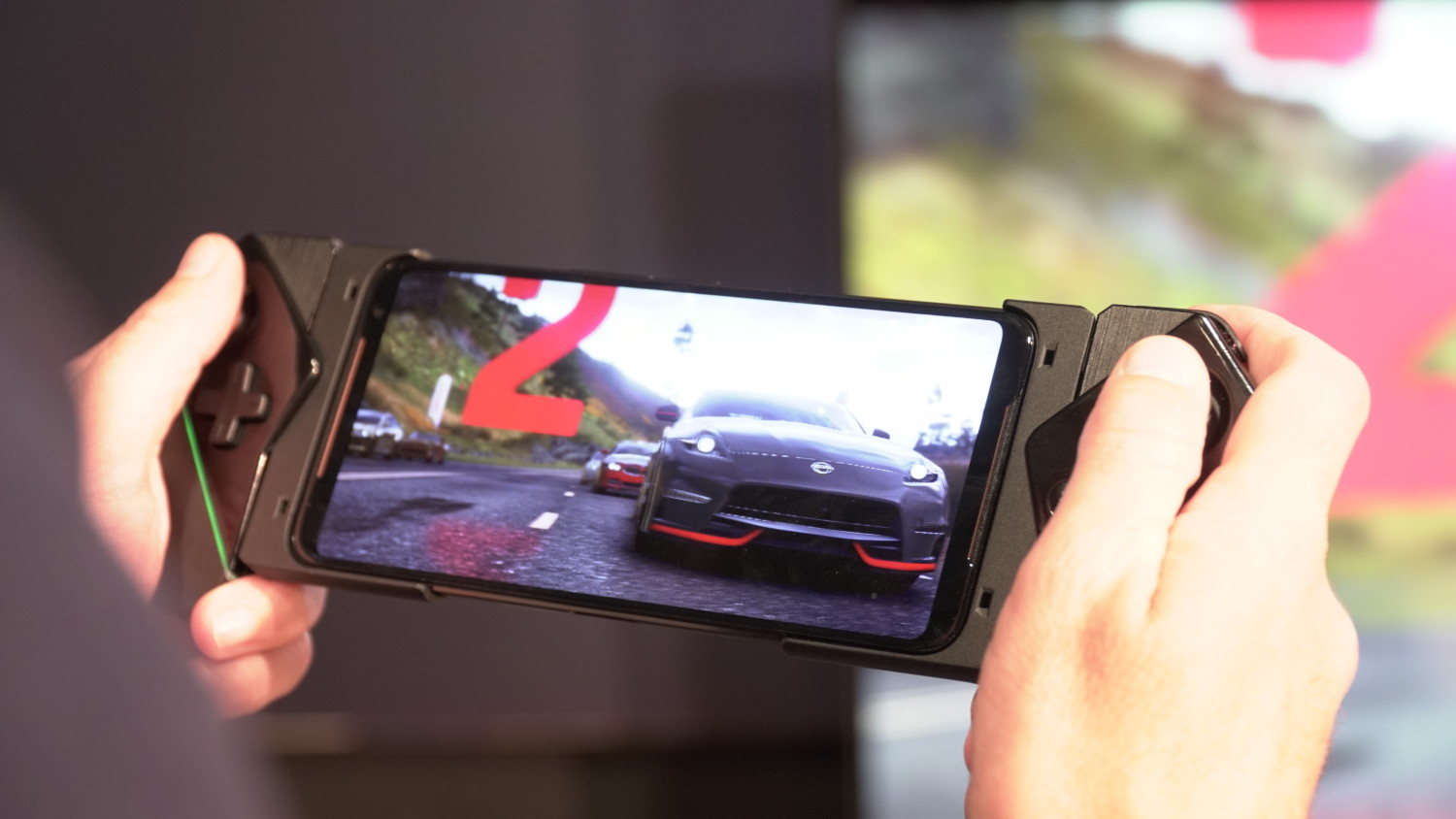
Unlike the GameVice for the ROG Phone, The ROG Kunai is a versatile accessory transforms the ROG Phone II into a hybrid console that shares the properties of a Nintendo switch. The game library of the ROG Phone 2 is limited to the Android Ecosystem. However, we can expect third-party emulators to support the ROG Phone II and the Kunai to transform it into a Switch, PSP, PS Vita or Gameboy on the go.
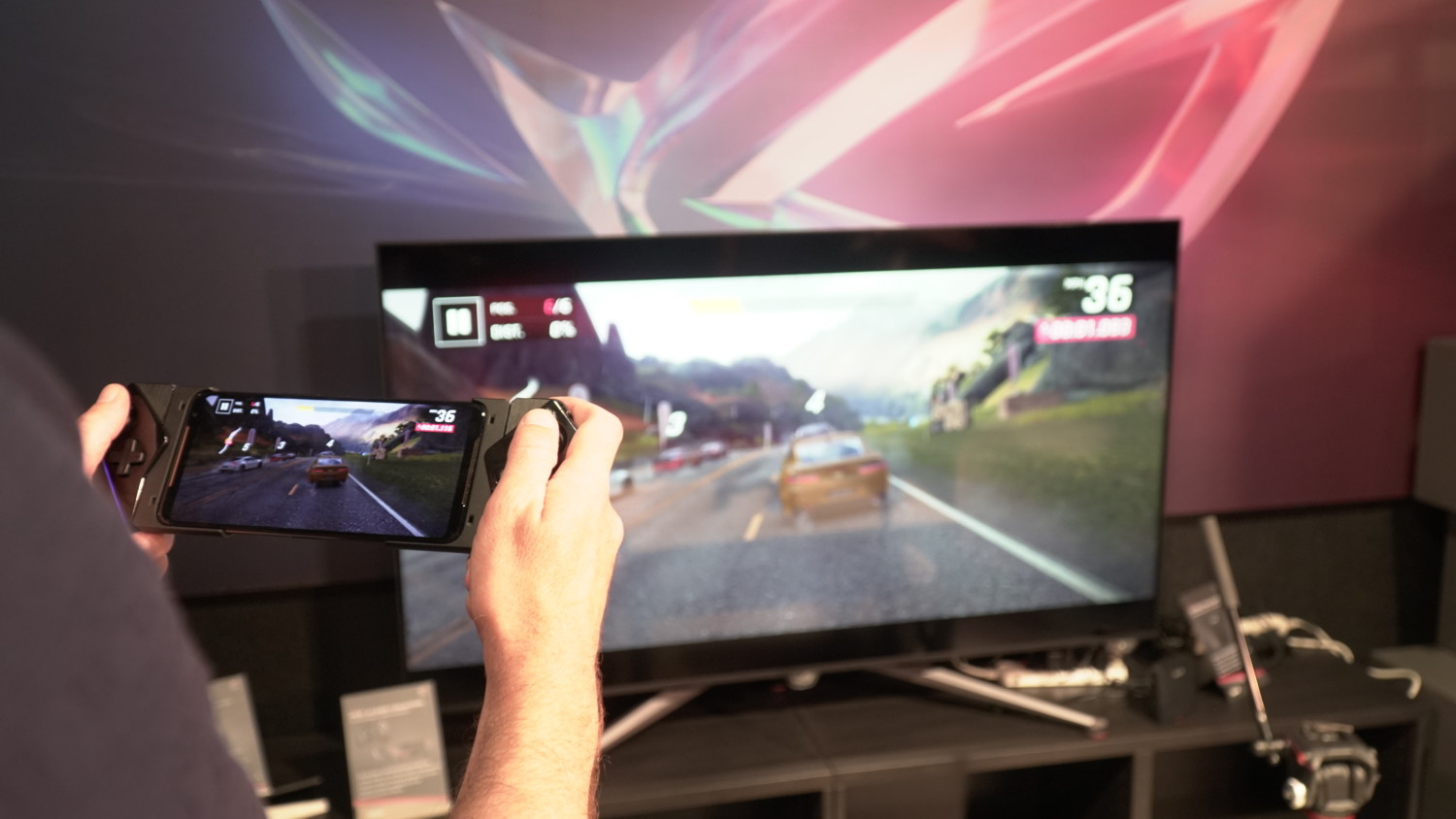
The ROG Kunai can also be together with the WiGig Plus Dock. This provides a similar Nintendo switch dock mode experience.
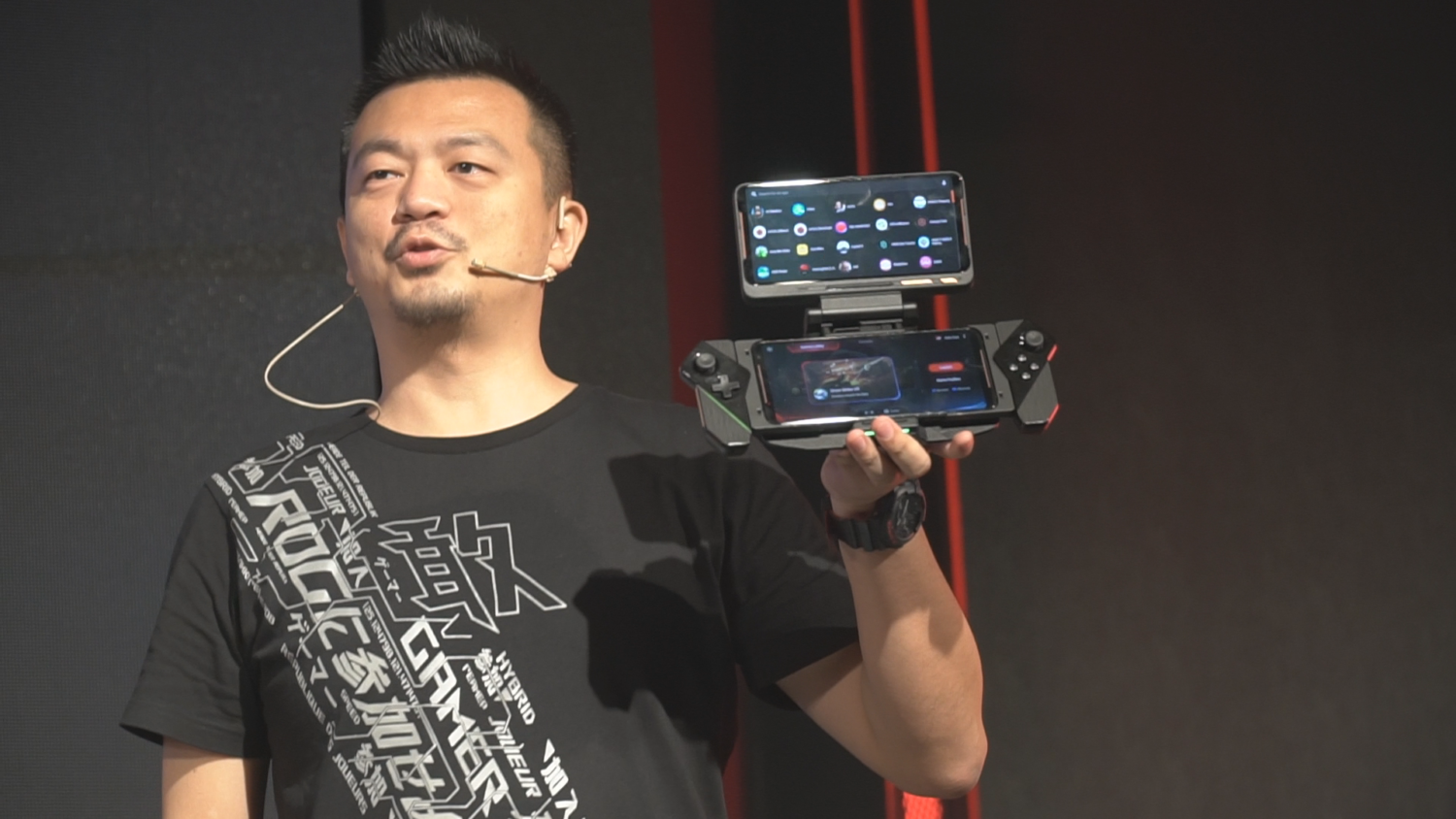
One of the perfect tools to pair with the ROG Kunai is the TwinView Display Dock. The TwinView Dock for the ROG Phone II sports the same display characteristics with the ROG Phone II such as screen size and 120hz refresh rate. While the original purpose of the Twinview Dock is for multitasking such as streaming where you have an extra window to view the chat, the addition of the Kunai gamepad adds more to its functionality. The ROG Phone II with the TwinView Dock and Kunai combination can mimic the Nintendo DS. That’s if game developers support a dual-screen option.
Gaming Experience
Unlike the first ROG Phone, the ROG Phone II doesn’t heavily rely on its accessories to have great gaming experience. The improvement of the latency from the display thanks to the Ultra Low-Touch Latency feature and the AirTriggers II greatly vastly improves the gameplay experience compared to the previous generations. The longer and thicker profile of the ROG Phone II helped in overall ergonomics especially when it comes to the grip. I was able to endure almost 4 hours of continues gameplay on PUBG Mobile and Asphalt 9 without having to stretch my fingers or by having to frequently reposition my grip on the ROG Phone II. There were no noticeable framerate drops during our hands-on session regardless if the Aero Active cooler is installed.
Using the ROG Phone II’s accessories presented a whole new gaming experience. It’s like you’re holding your favorite hand-held console whether it be the PSP, Switch or DS. The Kunai gamepad’s layout can take a while to be used to because the joysticks are located above the buttons and gamepad. Luckily, the ergonomics aren’t compromised thanks to the height of the joysticks is just enough to reach without having to stretch the thumb.
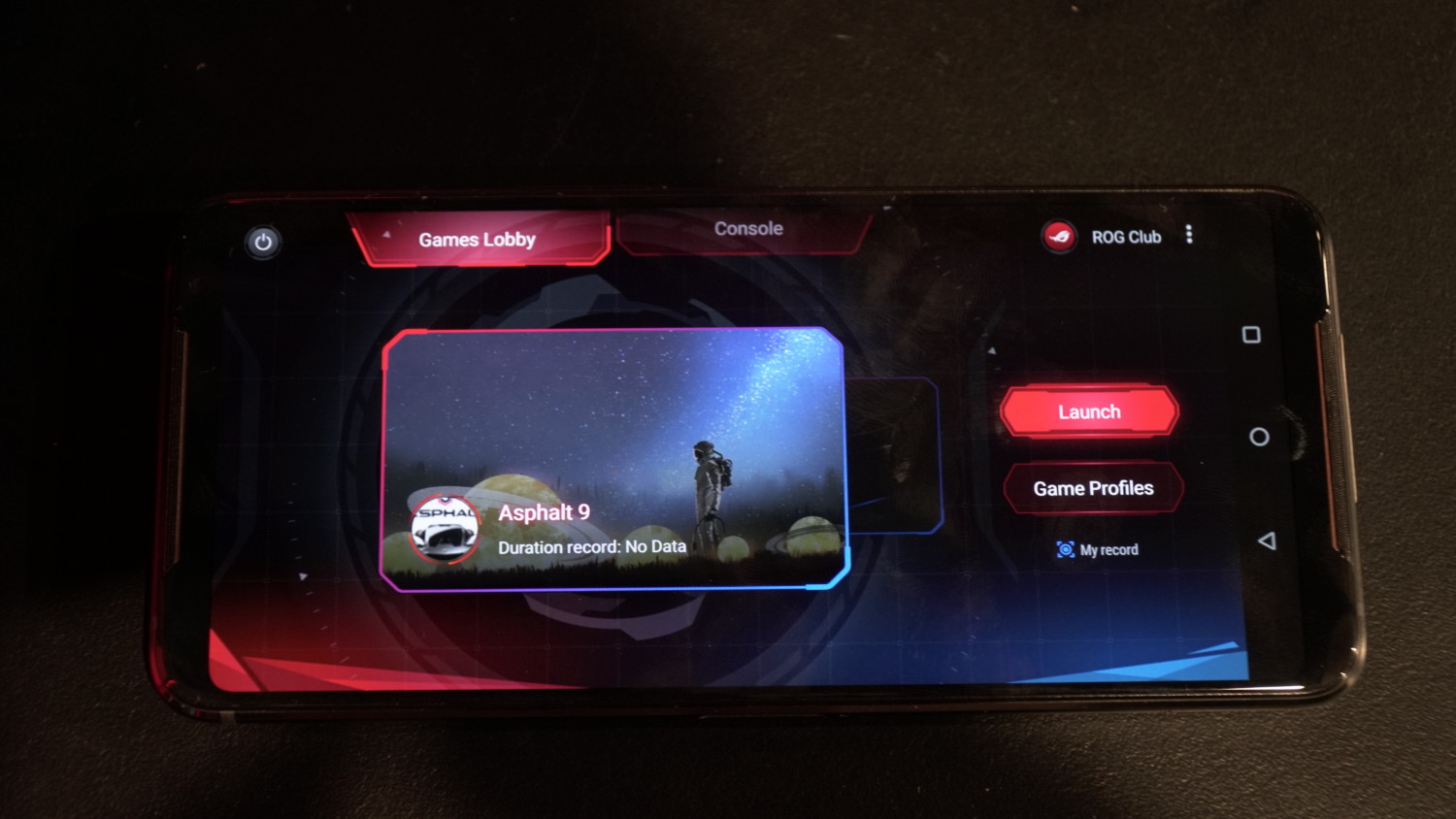
Aside from the gaming experience, there are other features that ASUS improved with the ROG Phone II that equally contributes to the greatness of the smartphone. ASUS added more WiFi-Antennas that won’t be blocked when the smartphone is held in a landscape position. The same can be said about the microphones, there are four microphones with noise cancellation installed inside the ROG Phone II. The vibration motors have also been improved to better simulate the intense action of a game. And ofcourse, powering the hungry Snapdragon 855+ with the demanding 120Hz AMOLED display is a 6,000 mAh battery for a longer gaming session. The ROG Phone II lacks wireless charging and power share but it has ROG Hypercharge that supports Qualcomm’s Quickcharge 4 standard and doesn’t require a proprietary Type-C cable. The 30W charger can charge the phone up to 4000 mAh in 58mins.
The low latency, high refresh-rate AMOLED display sets it apart from smartphones sporting the same type of display namely the OnePlus 7 Pro, Razer Phone II, Blackshark II and even the iPhone XS Max. What makes the ROG Phone II unique over the rest of the smartphone market is its no-compromise approach when it comes to gaming. Regardless if you buy the ROG Phone II with accessories or not, the gameplay experience is still very immersive in its own right.
There are also improvements when it comes to the software. Our thoughts in that department are reserved for the full review as Asus still has time to finalize and refine the software and UI of the ROG Phone II.
ROG Phone 2 Price Estimate
The first ROG Phone base model(8GB/128GB) costs Php 49,995 and the 8GB/512GB variant launched at Php 61,995. The ROG Phone 2’s price is estimated to hit more or less Php 54,995. A Php 5,000 mark up over the previous generation seems reasonable considering the improved specs, features, and current pricing of flagship smartphones. To add, we are also expecting the first ROG Phone to have price cut at around Php 34,995 to Php 42,995 as a cheaper yet still competitive gaming smartphone.



